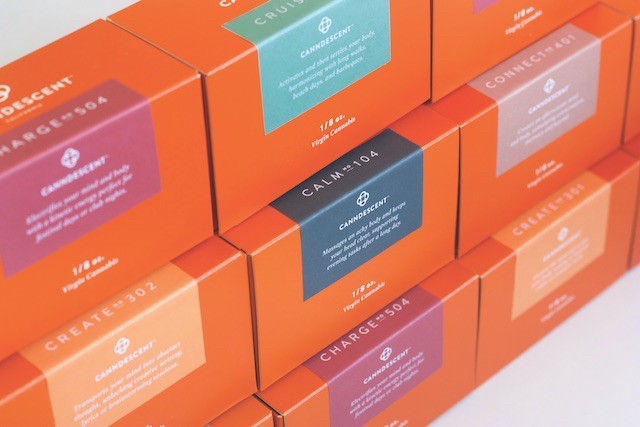The high-grade flower producer isn’t building just a quality brand. It’s formulating a wholly original science-based methodology to help and encourage people to curate new experiences.
Cannabis flower-lovers are generally unabashed in their enthusiasm for the plant’s extensive variety of strains, a time-honored embrace of diversity that defines the relationship between plant and partaker as an intimate engagement within an infinite range of possible interactions. The continuity of that bond bodes well for cannabis connoisseurs, to be sure, but it also provides a rare opportunity for visionaries, or luminaries, like Canndescent. The Southern California-based high-end flower producer’s innovative approach to cannabis production and presentation offers a compelling example of an aspirational luxury brand designed literally from the ground up to do nothing but solve essential problems in the marketplace. The mission is near and dear to the heart of Chief Executive Officer Adrian Sedlin and his staff.

Sedlin embodies the vision, which lives inside him like a virus of love percolating in a continuous process of internal review. Equipped with a double-major bachelor’s degree from Georgetown (summa cum laude) and a Harvard MBA, the forty-something exudes youthful energy even when he’s sitting still. “I’ve been a serial entrepreneur since the age of 20,” he said. “I started my first company in college and ran it for five years after college. I’ve been either an early-stage CEO or turn-around CEO or [chief operating officer] since literally age 21.” He added proudly, “All I’ve really done in my career is build and sell companies; take them from either no revenue or little revenue and build them up to $100 [million] or $150 million.”
He did that five times in five different industries, and was so successful at it that he could take six years off during his adult career. He called the breaks a “blessing,” because they enabled him to be the ultimate house dad for years at a stretch. In fact, he said, “I was not supposed to come out of retirement ever again…when this came along.”
The “this” that drew Sedlin out of retirement was not the lure of money or success, but the realization that his life’s journey had delivered him to this moment for a reason. “It was the first time in my life I was called to do something,” he explained. “I’m the entrepreneur who’s been in five different industries, who knows how to create value with very little to work with by coming up with a thesis and running it down. Then layer in that I just happen to have a Harvard MBA, I happened to be able to write the first three-quarter of a million dollars into my own company, I happen to have a personal network of people willing to back me, and I just happen to be married to a woman whose brother (Master Cultivator Randall Patten) has been growing cannabis since 1993 and has arguably one of the best grow teams on the planet. I also happen to be the same kid who started smoking cannabis at 15 and has a very colorful personal drug past: If it wasn’t injectable, I tried it. There are not a lot of guys who have all these weird dimensions, and at a certain point I said ‘the universe is talking to me.’ I don’t understand it, and there is no arrogance in the statement, but I woke up one morning and realized, I’m the guy. I’m supposed to be doing this. Every decision to date has led to this exact time and this exact place to do this right now.”
But what, exactly, was Sedlin supposed to be doing? Entering a new industry in the throes of a “green rush” but unformed in almost every other respect presents unique challenges, to say the least. Sedlin approached the challenge by relying on his fundamental understanding of the essence of brand.
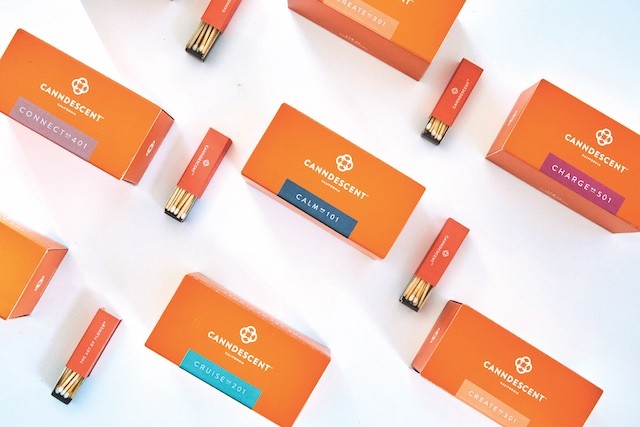
According to Sedlin, “brand is about consistent delivery against the expectation of the consumer.” But what, exactly, does that mean? “A brand is not a logo, packaging, or advertising,” he explained. “That’s the execution of brand.
“It goes back to the business plan,” he said. “Great businesses, when they’re raising money, don’t go to venture capitalists and say, ‘I’m opening a cultivation company.’ Or, ‘I’m going to open a dispensary.’ This is what I hear all the time from people in the industry, but those are not business plans. In the real world, when you want to open a business that’s going to be successful over the long term, you ask, ‘What’s the problem I’ve got to solve, who’s got the problem, and what’s their customer pain point?’”
Put another way, “I want to know who you’re doing it for, what they care about, and how you’re helping solve that person’s problem with your offering.”
The Problems
Answers came fast. “Once I re-engaged the industry as a consumer-slash-person thinking about entering the industry,” he recalled, “it quickly dawned on me that the flower category was a mess from a consumer architecture standpoint. There was a lack of consistently high-grade product in the marketplace, and all the strains, trichomes, and terpenes were confusing. It required a level of expertise to make a basic purchase that I saw as a consumer pain point.
“Another problem we saw in the industry was that only two or three lifestyle messages were being catered to,” he added. “The low-end rural market was covered by brands, the craft sector had brands, and the low-end urban market was served by several brands.”
But no one was working the high-end, cosmopolitan market—an “underserved customer base” in business jargon. “That is what brand is about,” said Sedlin. “It’s about identifying and serving the underserved customer, understanding their challenges, solving those challenges in a meaningful way, and then aligning all your resources and every operational decision against that.
“The essence of brand is having a strategic North Star against which the CEO, the brand team, and the entire company intuitively make every decision.”
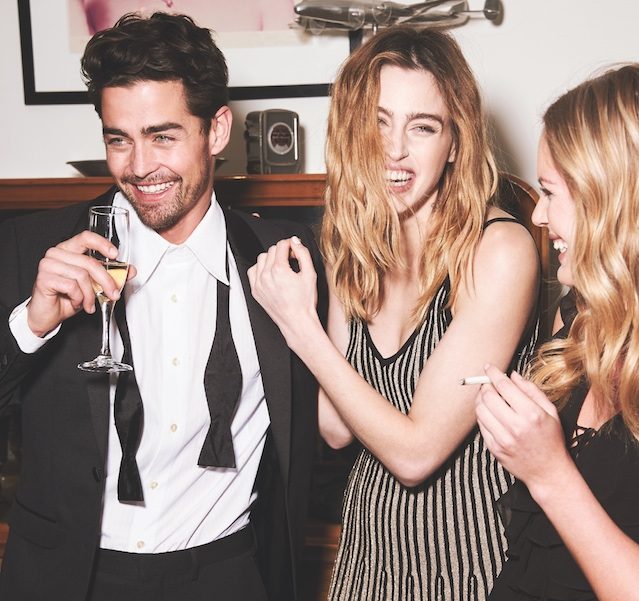
The Canndescent strategic North Star involves “building an aspirational brand around an aspirational lifestyle around very high quality,” said Sedlin. “We’re not trying to be Ferrari, because that’s too niche. We’re trying to be Mercedes, a high-end, aspirational brand that’s accessible and approachable but is known for quality and performance throughout, and has a certain value proposition.” He paused before adding, “We’re Chanel, but not Gautier, which is too arthouse.”
There is some specificity to that underserved market, too. “In the towns we live in, there are a lot of Range Rover moms,” noted Sedlin. “That’s our customer—affluent; values quality and is willing to pay for it.” It’s a reminder that great brands are “built around not what the company says it is, but what the customer says it is.”
The solution to the lack of consistently high-quality product was eminently doable, but extremely expensive, Sedlin said. To cultivate the best cannabis flower on the market, Canndescent literally spared no expense in constructing—and now operating—its 11,000-square-foot indoor grow. The company is on track to increase the size and sophistication of its operations, topping out at 129,000 square feet of combined indoor and greenhouse grow space by the end of next year.
“We have a 32,000-square-foot greenhouse being delivered in September, and an 86,000-square-foot facility being constructed in two phases, 43,000 square feet per phase,” said Sedlin. “All three sites in Desert Hot Springs are within a mile of each other. We’re building a center of excellence here.”
Excellence has a price, of course. “We took $8 million of equity very early on, and we recently took on $1 million of debt to finance equipment,” said Sedlin. “In the next 90-120 days, I’ll bring in another $4-5 million, and then early next year I plan to take on about $15 million. The four to five is to bring online the next building, expand the team, fund some more marketing, and deepen our science. The money next year will go to fund a regional strategy once we have the 129,000 square feet of grow.” In other words, “It’s when I start thinking about what we’re doing in Washington State, Oregon, Colorado.”
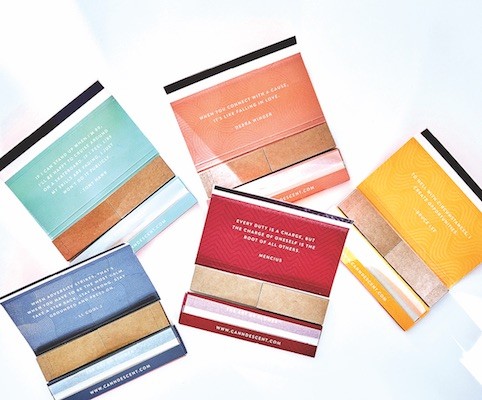
Perhaps the biggest challenge facing the team was how to solve the problem of cannabis confusion, or what to do with all those strain names wreaking havoc in the ever-expanding consumer marketplace. “No one knows intuitively what a strain name means,” said Sedlin.
The solution? A new GUI (graphical user-interface), courtesy of the wizards at Canndescent. “We came up with a brand architecture we thought would scale, which was Calm, Cruise, Create, Connect, and Charge,” said Sedlin. “Then we came up with a definition to belong in one of those Effects or pillars. Then we asked what the science was behind each mood state. It’s called chemo-typing. Labs like SC Labs give you the entire cannabinoid profile, and we’ve got the terpene profile of the plant. A sativa, for instance, is high in THC and pinene, a terpene known for alertness, whereas an indica may be much more CBD-oriented and high in linalool, which is a lavender. Now I’m calm.”
Rick Fisher, Canndescent’s executive vice president of marketing and operations, oversees the Desert Hot Springs grow operations as well as the company’s sales department. He also plays an integral role, along with Master Cultivator Randall Patten, in the research and development of new effects. “In general,” Fisher said, “the effects that we categorized our flower under are comprised of three elements: plant origin, the cannabinoid profile, and the terpene profile. And we look for specific elements. For example, a ‘calm’ is a flower we expect to be high in myrcene. CBN content will be higher than usual and, on the terpene side, linalool will be present, as well as other attributes that suggest it will be a calm flower. CBN is the industry term for the sedative effect. Linalool is a terpene that’s calming, like lavender.”
“You have to
create your life.
You have to
carve it,
like a sculpture.”
—William Shatner, Create pillar
The Art of Happenstance
The idea is to provide a better, less-confusing experience for the non-prosumer smoker. “We’re trying to encourage people by making the product category more approachable,” noted Fisher. “We’re not selling Durban Poison; we’re selling Create 301. Over time, people will develop an appreciation for the nuances, the same way the first time you tried a glass of wine you liked it or you didn’t, but you certainly didn’t know that you liked Merlot versus Cabernet. That takes a bit of a palate, and we’re not trying to breed sommeliers, but my wife knows what glass of wine she wants to order when we go out to a restaurant. Cannabis should eventually become the same.”
More to the point, there remains nothing arbitrary about the process by which Canndescent researches and decides which effects it will place on the market. Like every other decision, it is built upon the imperatives of the Canndescent brand identity. “It’s the marrying of the state-of-the-art research and testing we’ve done with classifying the plants, and then the hard part—the really hard part—is making it intuitive and understandable,” said Sedlin.
Hard, but not impossible. Every effect has its own description. Connect 401, for instance, “Creates an effervescent mind and body, stimulating intimacy, conversation, and beyond.”
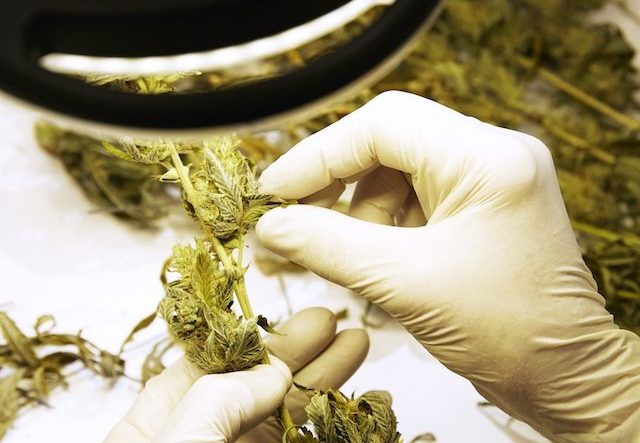
The promise is even more generous. “We’re putting you in control of your experience with the flower,” claimed Sedlin. “You are in control of the flower instead of it being in control of you, so you can curate the life and feelings you want at that moment. That’s the art of it.”
The Box
Brand may not be about logo and packaging, but for Canndescent “the box” in which it sells its glass-jarred eighths is a decided point of pride, as well it should be. As Sedlin noted, the orange container is the result of innumerable decisions regarding every aspect of its design and construction. “When someone engages in this level of brand development—which costs $400,000 or $500,000 to do, the logo, thinking through the effects, the strategic brand audits, researching the customer—it’s about showing an attention to detail that people value.”
It’s not just the box, but also the accoutrement that make the packaging such a cool value add. Extensive thought, great care, and considerable expense went into every item chosen to go inside the box, as well as the color and messaging coordination that make each box a unique item tied to a goal of inspiring and activating end-users. Each decision has purpose.
“Today’s growth market is all people who don’t know the product or what constitutes quality,” explained Sedlin. “So, what are the cues that we give them to see? We come prepacked with matches and hemp wick. Why hemp wick? No one does that. Because you do not drink fine wine out of a dirty glass and you do not smoke fine cannabis with a lighter or a match. You can enjoy the true taste and flavor of our product with hemp wick. If you use a pipe and start using hemp wick, you will never go back.
“First people on the market with child-proof,” he added, holding up a box; opening it to reveal the neatly packed contents. “The box is also magnetic and comes with a tamper-proof seal. Every jar has an Integra Boost pack in the top; every box a welcome letter from the master grower and the CEO.
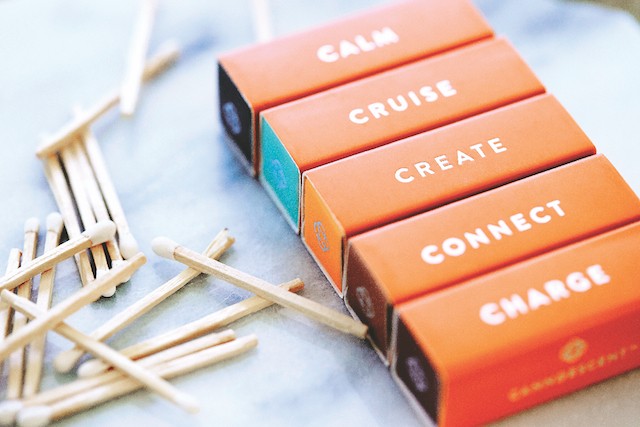
Pointing once again to the box, he asked, “Would the person who took the time to do this put pesticides in their product when their name’s all over it? Any person in the world, even our competition could buy our product and have it lab-tested.”
Another short pause. “Can someone knock off this box? Sure, but can they knock off what’s behind it, or what’s coming next?”
Needless to say, the next generation of Canndescent box is already in the prototype stage. Bigger, sturdier, and better, one day it, too, will be superseded by something superior. In that sense, if you understand the idea behind the Canndescent box, you understand Canndescent.
“We’ve shown this box to high-end models, suburban moms, and inner-city women, and do you know what happens almost every time they open it? ‘It’s so cute!’” The consistency of the reaction to his beautiful box affirms its fundamental purpose. “You generate an emotional reaction when you give someone something that says you took the time. It’s not me projecting our point of view upon you. A great brand is a mirror that reinforces you. ‘I’m a high-end customer, a woman who likes cute things, who takes care of myself. When I show people what I smoke, it says something about me.’
“This is what great brands do.”
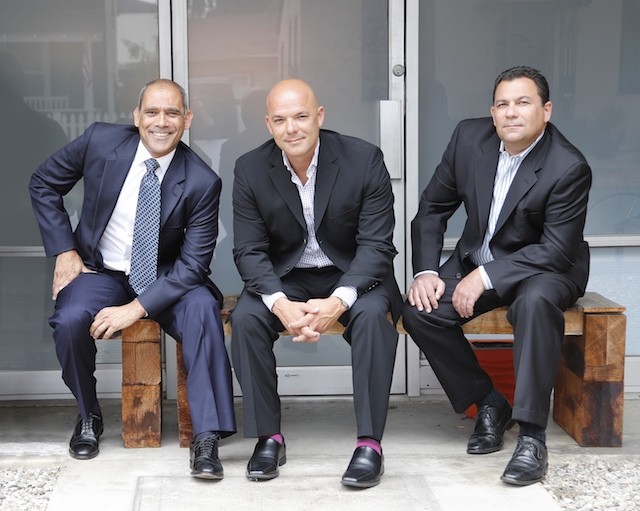
Desert Hot Springs
After leaving Sedlin, I realize I have to head back out to the desert to revisit the original grow as a fully functioning operation if I have any chance of truly understanding the radical nature of what Canndescent is doing. I need to see the revolution in action. I drove out two days later to meet Fisher during just another day at the grow. Unlike the first visit, the operation is humming now, literally. Fisher walks me through every process, from seed to sale almost, explaining the thousands of decisions that go into making a product that in the current market commands a price of up to $3,200 a pound. From the physical plant to the environmental systems, from the automated grow rooms and industry-leading curing process to the hand-trimming of every flower and the artwork adorning the facility’s walls, every single decision works to reinforce the meticulously curated Canndescent brand.
“We’re building in standard operating procedures that allow us to maintain the presentation of our brand the way we want it to be,” said Fisher. “Canndescent is building a cannabis company for people who want to run to something, not from something. If you really think about that and ingest it, it’s so true. We want to explore ourselves and find the best we can be at any moment.”
He summed up the Canndescent consumer’s mindset: “I’m not seeking a way to escape from my problems or shelter myself from the evils of the world. I’m seeking a better creative me.”

The mindfulness, preparation, and operational chops exhibited by Canndescent suggest a level of expertise uncommon in the industry, the likely result of previously developed skillsets giving the company a leg up on most of the competition. Fisher suggested his background in the performance marketing industry provided that kind of advantage.
He explained, “Margins in the performance-based business are measures in pennies, not dollars. So, to be able to take that analytical mindset and the consistent flowchart in your brain, calculating your cost to produce from garden nutrients, electrical power, water, $100 to $150 per pound to trim depending on strain, the packaging costs… Then I go to market at this price. Here’s my spread, the commission for my sales team. And then be able to build the infrastructure to track and maintain the throughput in a real [customer relationship management system], a real [enterprise resource planning] platform—that’s where I think that mindset brings an advantage to the industry, an industry that is typically run very loose, very laissez-faire, very handshake, cash exchanges hands, ‘I’m out.’
“We’re into long-term customer relationships,” he continued. “We’re looking for shops that are permitted or on the brink of being permitted and are going to be in it for the long-term. Having the sophistication from a systems architecture—not just technology, but business systems—and having a little bit of that acumen [when] coming into the cannabis market is helpful.”
Curating A New Experience
Whether the sheer confidence in the rightness of their decisions or the fact that their decisions are simply spot on gives Canndescent its illuminating contour, the excellence the company pursues so diligently is present in the DNA of everything it does. From its products to its marketing to its industry engagement and consumer outreach, it’s hard to find an off-note in the symphony of flower that is Canndescent.
“I think we’re where we need to be as a company, and I like what people are saying about the brand,” summed up Sedlin, whose current dispensary partners number around 40. “And I can tell you when our point-of-view will be proven right. It will happen when my dispensaries want to open their next store and need to show the local sheriff the source of their product. That’s the moment they will realize that it is well worth a couple hundred dollars more a pound to have a legitimate producer about whom you can say, ‘Yes, we get our flower from Canndescent.’
“We believe that if we can package this excellence, this desire, and this passion, we will literally put light in a bottle that will project forward,” he added. “In the art of brands and great marketing, people don’t buy products; they buy ideas.”
All photos provided courtesy of Canndescent.
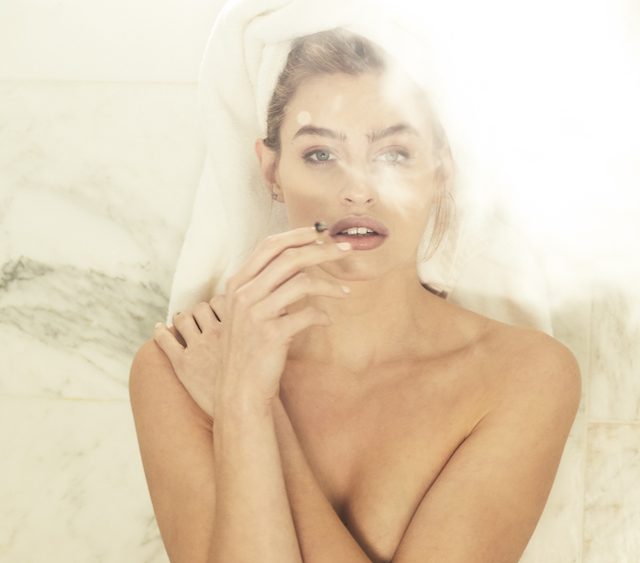
Flower Market Problems (identified by Canndescent in 2015)
Scarcity
Truly premium flower is hard to find and even harder to relocate.
Seasonality
Flower market swings from glutted to dry.
Inconsistency
Flower with the same name can be totally different from grower to grower.
Opacity
Consumers have little ability to hold “invisible” growers accountable.
Complexity
Jargon and strain proliferation make category hard to use and adopt.
Alienation
Traditional strain names prohibit mainstream adoption.
Contamination
Too many growers use pesticides.
Isolation
Dispensaries cannot or do not use growers for traditional manufacturer support.
Undercapitalization
Most growers lack the funds to scale.
Stagnation
Little formal research and development on strains and effects.
LINKS:
Watch the Art of Flower by CANNDESCENT
Visit the official site Canndescent.com








